It’s official: we have now left the age of information and entered the age of the customer.
According to a Forrester report, the world of business has experienced four key ages of business: manufacturing, distribution, information, and now the customer.

Source: Forrester
In this article, we will discuss how the age of the customer is shaping the way brands offer customer service support to aid the customer experience.
Attention: Customers Have Taken Over!
Thanks to social media, niche blogs, review websites and forums, it’s never been easier for an uneducated consumer to type a few keywords about your business or products and immediately learn a great deal about who you are, how your products fair against competitors, and how credible your business really is.
Price comparison sites compare thousands of websites to find consumers the cheapest possible price, with social media giving consumers a good indicator of how you listen and respond to your customers.
Thanks (or maybe not) to the information age, businesses have very few secrets and their skeletons are well and truly out the closet. If a customer has a problem with a brand, they won’t think twice about letting their feelings be heard on the Internet.
In 2013, a social media user lost their luggage on a flight from airline giant British Airways. After receiving a poor customer experience he decided to use a promoted tweet (he paid so others could see his message) to voice his anger, which ended up going viral on several new sites.
Here’s what JetBlue Airways’ senior vice president had to say on the matter:
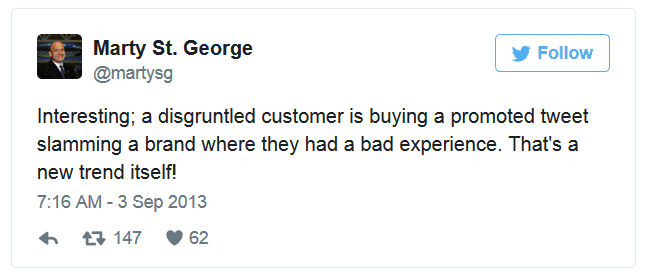
British Airways were quickly on hand to rectify the situation as they received a haul of negative tweets from fans.
Shashank Nigam, who is the chief executive of SimpliFlying, said:
“Airlines are going to have to start having 24/7 customer services and maybe they need to train up call center reps to respond to messages on Facebook and Twitter.” – Source.
Customers Want Digital Support
With the recent introduction of the dedicated Facebook Messenger App, and WhatsApp and Viber offering free messaging services, the demand for omni-channel customer care is growing, and only a few brands are starting to listen.
Facebook recently updated its Messenger service allowing brands to serve adverts that invite customers to contact businesses through instant messaging. Facebook has become the innovator for online advertising, and their new features reflect the demand for omni-channel customer care.

Research has shown that live chat, email, social media, and apps rank above traditional means of communication when contacting a business.
Source: Smart Insights
Around 1 in 4 consumers questioned in the study said they used live chat to contact a business, with 73% saying they were either satisfied or very satisfied with the response.
Are emails still viable? Only if you respond fast enough
For most enterprise-size businesses, email is most common form of communication, but with so many emails coming in on a daily basis, some brands take as long as 48 hours to come up with a reply.
An eDigital Research study found that less than 22% of people are happy to wait more than 24 hours to hear back from a business, with 34% of people expecting a response within 6 hours.
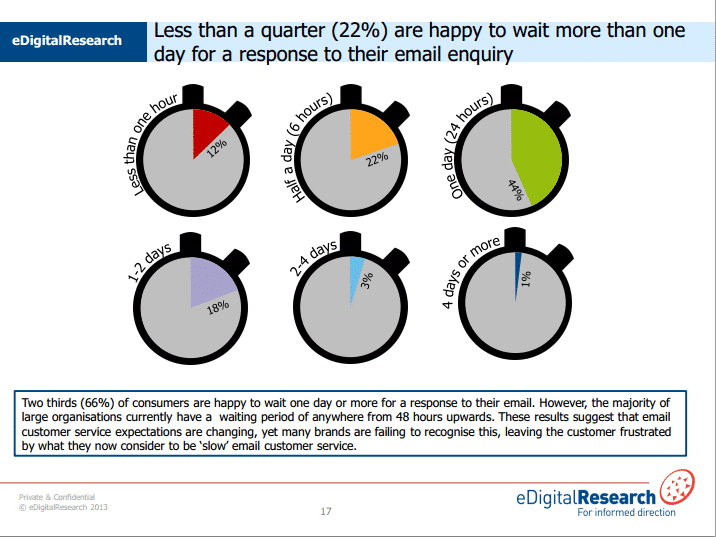
Customers Want Choice
Customers were not all created equal.
If your business markets to an array of customer types or offers a range of products, the needs of each customer will be different. For example, it’s no surprise to see live chat being utilized more by the younger demographic.
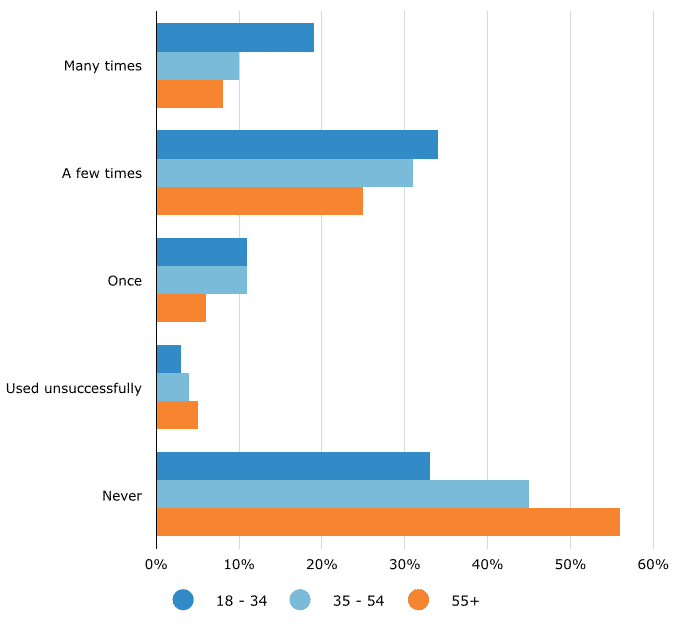
Source: Software Advice
When a sample of shoppers were asked how they would like to contact a business based on query type, telecommunications beat live chat.
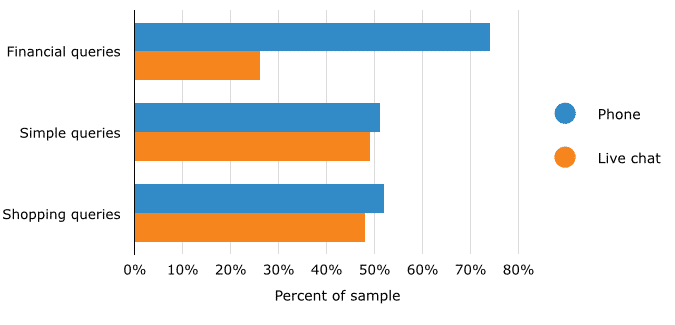
“But wait, didn’t the data earlier show that live chat was best?”
To provide your clients the best possible customer experience, you shouldn’t be selecting one over the other. Instead, you should be offering them a number of options to contact your business that is best suited to their needs, not yours.
It’s easy to have one channel of customer support as your business can handle everything quite easily. However, while it’s ideal for your business, it doesn’t always work for the customer.
My mother always used to tell me “you can’t please everyone,” but as we enter the age of the customer, you must go the extra mile to please clients. This level of omni-channel customer care can often be the deciding factor in the consumer buying journey.
How Brands Are Adapting to the Age of the Customer
For me, the biggest issue with contacting a business by phone is the fact I have to wait several minutes in a phone queue, and spend a few minutes listening to a robot telling me which numbers I need to tap.
Apple have understood this consumer problem and allow me to tell them the best time and day for an Apple support assistant to call me!
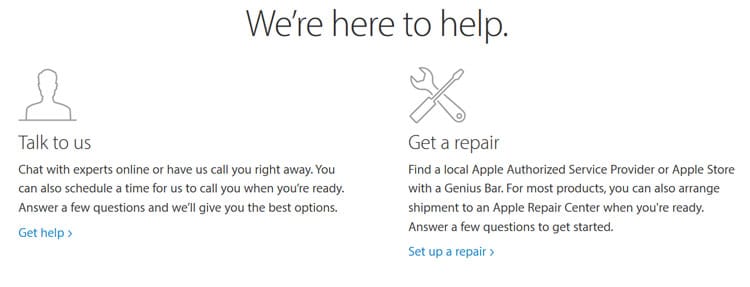
Customer support on my own terms is a perfect example of digital and traditional support.
Online clothing retailer Zappos, along with offering free shipping on all orders, also allows customers to return any item for free, regardless of their reason for return. To return an item you simply create a return request through your online account, print off the label, and take it to the post office.
When you find out the average return rate of clothing apparel is around 30%, you realize what a huge statement that is. Zappos are not focusing on profits here, they are focusing on customer experience.
To this day, many retail stores charge the customer a re-stocking fee for unwanted returns, which is sometimes as much as 20% of the price of their order (and they have to pay the shipping too!)
We’ve all signed up to a customer loyalty card once in our lifetime, and either lost it or forgot to place it in our wallet the next time we visited the store. Not only is it annoying to fill in all the paperwork and be sent direct mail to your home, but the whole process is also a burden.
Coffee giant Starbucks has reinvented their loyalty program by letting users reload their cards using their smartphone, on the website, in-store, or on their app. A change made through any of the channels is updated across them all in real-time.
Facebook’s customers are business owners who buy ad media on their platform. Free of charge, Facebook have set up their own eLearning modules to help their customers improve their campaigns.
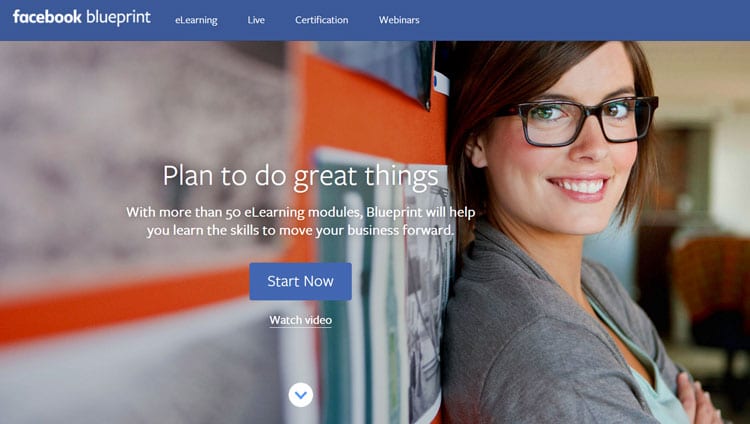
Customers even get a certificate and access to webinars…for free!
Facebook wasn’t obliged to do this and could certainly have charged customers a fee to access their materials, but they too understand the importance of customer experience.
These are just a few examples of how digital technologies are shaping the way brands improve their customer experience and support to clients.
Summary
The age of the customer is shaping every aspect of business, from the way they research your products and contact your business, to whether they buy on or offline. Traditional methods are being combined with digital methods to provide omni-channel customer care that exceeds the customers’ expected experience.
What will you do first to start your omni-channel customer care journey?

